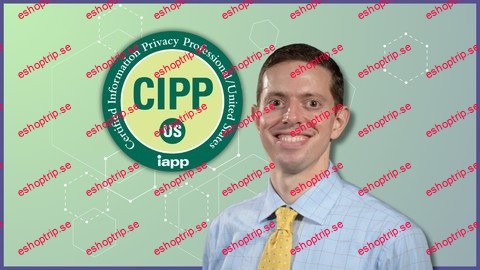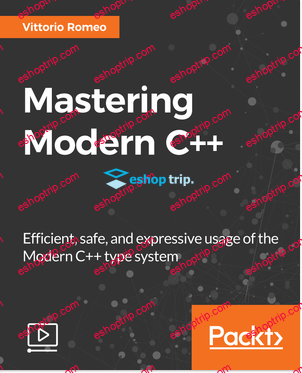Published 4/2024
Created by Anas Alaa
MP4 | Video: h264, 1280×720 | Audio: AAC, 44.1 KHz, 2 Ch
Genre: eLearning | Language: English | Duration: 44 Lectures ( 7h 44m ) | Size: 2.97 GB
Learn how fluid solvers are built from scratch without prior knowledge. This second course covers solvers in depth
What you’ll learn:
Learn about different types of equations used to describe fluids
Learn about linear algebra and matrices
Learn about the greatest equation of all time, Navier-Stokes Equation!
Learn about solving different components of the Navier-Stokes Equation
See the simple body of the code of a fluid solver
Build a simple fluid solver using Houdini microsolvers
Requirements:
Basic maths which are covered in the first part of this series
Description:
Keywords that conclude what you will learn here: Core techniques to make a fluid sim, simple codes or steps to use them in your solver , simple smoke solver in Houdini by microsolvers.In this second course in the series we will talk about fluids and how to simulate a fluid with equations which seems quite difficult but as promised, we will make things simple as possible. The math you studied in Part 1 will make things a lot easier. This course is just a start point for you to start your own code. To be more apparent, in this course, there are examples of codes or illustrated steps for different techniques used in fluid solvers (code are in the form pseudocodes which can be implemented in any programming language you use) We won’t talk about a full code of a full commercial solver because this takes a lot of time and effort of a company composed of a large team learning deeper and deeper, trying new techniques and algorithms then finally convert them into thousands of lines of codes. After taking this course you can begin your code to make a simple solver on your own using the techniques we described, but again, a complex Realflow-like solver that can handle large simulations with a lot of options to edit the simulation take ages to be written. After finishing this course, it’s is gonna be the beginning of your road to explore more complex techniques like FLIP solvers, flames and high-res smoke and fire sims. as in this course, you will understand the core knowledge and concepts that will make you able to go deeper and learn more about different techniques in a lot of paper, books on the Internet and use them in your code without problems in understanding the complex context used by professionals . It’s the first step also to create and develop your own simulation techniques and paper one day using the math and fluid mechanics you learnt here.So, in conclusion, here you will learn the core concepts used in every fluid simulator in the market, you will learn by pseudocode examples or by understanding the explanation of the techniques how to write a code in any language to use these techniques to write a simple fluid solver. A greatly important thing that the last chapter includes the full explanation of how the simple smoke solver in Houdini is created by the techniques we learnt by using microsolver DOP system.This series don’t cover writing a full code of a fluid solver which is not possible to be covered in two or three courses! A full team usually works on this. However, this series will give you the main ideas and the main body of the code used in building the most common fluid solvers!What you will be learning in each chapterChapter 1 : ODEs, PDEs and matricesWe will talk about the kinds of equations we will use to describe fluids which are ODEs and PDEs. We will talk also about some linear algebra and matrix operations.Chapter 2 : Fluid EquationsHere, you will see one of the coolest equations that a lot of people love ( though they are scary), Navier – Stokes Equations. We will learn how they are derived and more! All of this in simple ways. We will also talk about boundary conditions.Chapter 3 : MAC Grids, discretization in time and spaceBefore you solve the equations, you should learn how to discretize different quantities in time and space. We will talk about an efficient way to discretize in space called MAC Grid.Chapter 4 : AdvectionWe will talk about efficient way to solve the advection part of our equations. Considering Semi Lagrangian scheme as the main way we will use,we will talk about artificial diffusion as a result of it.Chapter 5 : Making fluid incompressibleThis is the hear of fluid simulations! This chapter will contain a lot of information. We will talk about how to apply the incompressibility condition and satisfy boundary conditions. This will consider solving a linear system too.Chapter 6 : Simple Smoke Solver.Now it’s time to see how all of this is applied in Houdini! We will see how a simple smoke solver is done with microsolvers. This is the best way to start coding your own code after learning all of these definitions and seeing how to apply in microsolvers.
Who this course is for:
People who wants to know how fluid solvers work in details and even want to create or modify their own fluid solving programs. Those people may be FX artists, TDs or developers!
Homepage
https://anonymz.com/?https://www.udemy.com/course/building-fluid-solvers-for-computer-graphics-part-2/









